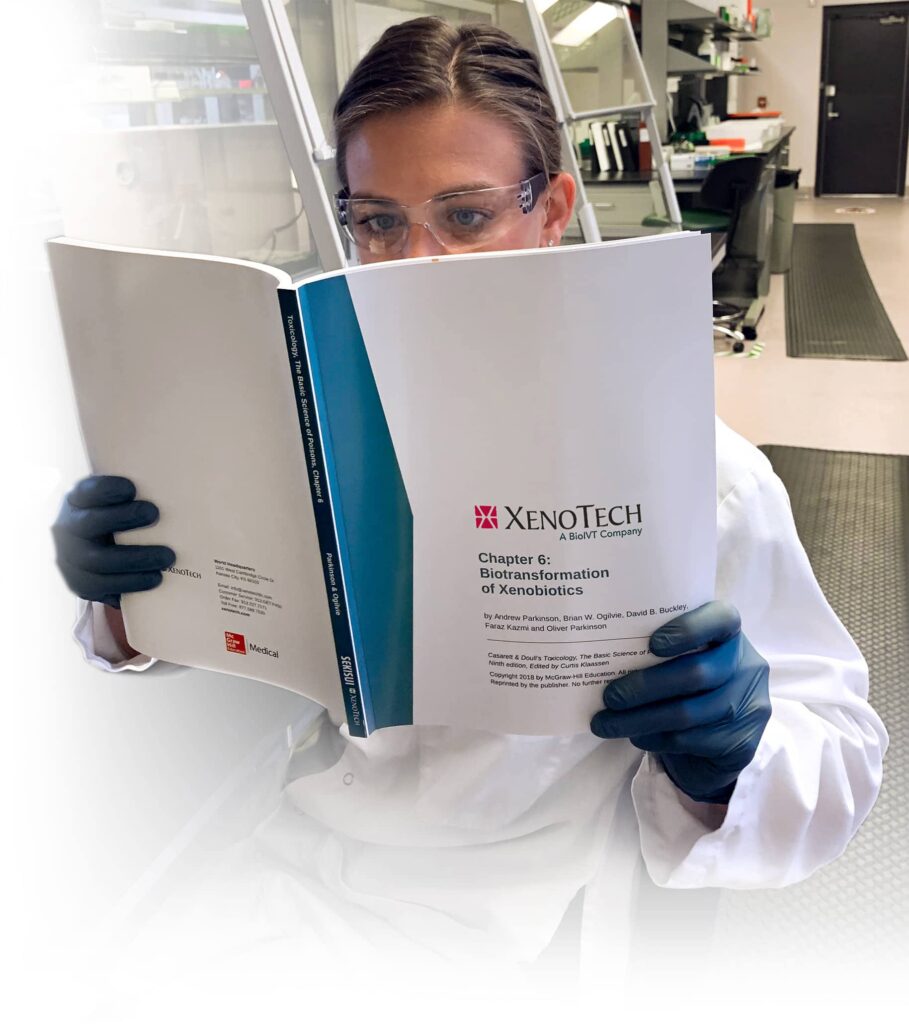
Test system-dependent clearance of CYP2D6 and CYP3A4/5 substrates
Full Title
Test system-dependent clearance of CYP2D6 and CYP3A4/5 substrates: A comparison of human liver microsomes and cryopreserved human hepatocytes
Abstract
The in vitro to in vivo extrapolation (IVIVE) of drug clearance involves the determination of intrinsic clearance in vitro (CLint), based on in vitro measurements of Vmax/Km or half-life (t1/2) in human liver microsomes or cryopreserved human hepatocytes, which are then scaled to predict hepatic clearance in vivo (CLH,int). Although in vitro values of CLint often underpredict in vivo values of CLH,int, the values of CLint determined with human liver microsomes would be expected to match those determined in hepatocytes for drugs predominantly cleared by cytochrome P450 (CYP). However, in the case of drugs rapidly cleared by CYP3A4, there are reports, showing that CLint values determined in microsomes are much greater than those determined in hepatocytes whereas the opposite has been observed with drugs that are slowly cleared by CYP2D6 1, 2.
In the present study we examined the clearance of the CYP3A4/5 substrate midazolam (high intrinsic clearance) and the CYP2D6 substrate dextromethorphan (low intrinsic clearance) in human liver microsomes and cryopreserved human hepatocytes to confirm the findings of previous reports and investigate why hepatocytes cannot support the same high rates of drug clearance supported by human liver microsomes.
This poster was presented at the annual ISSX meeting in 2013.